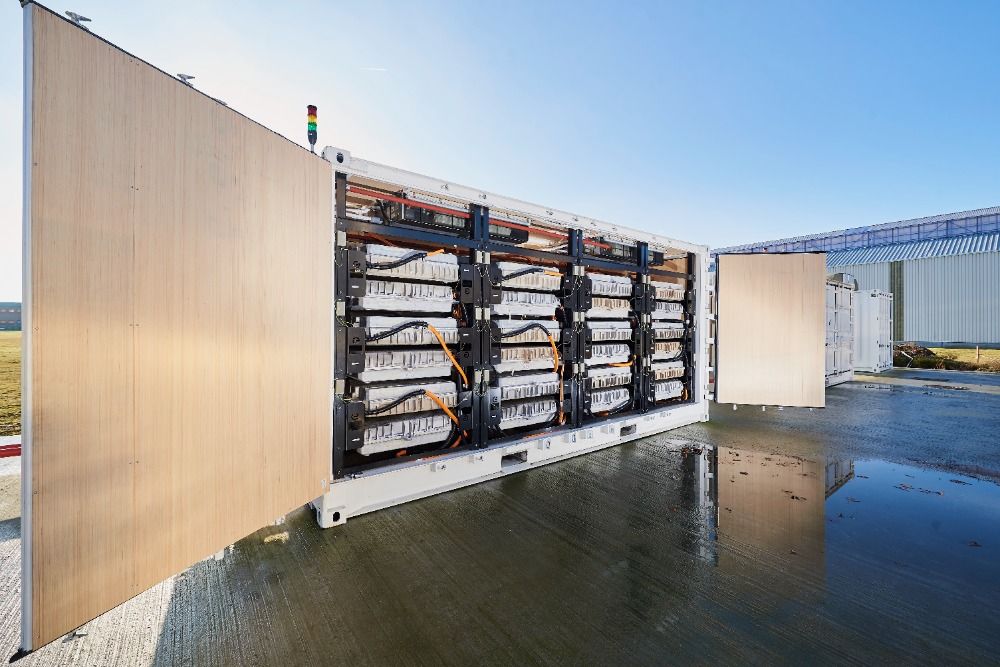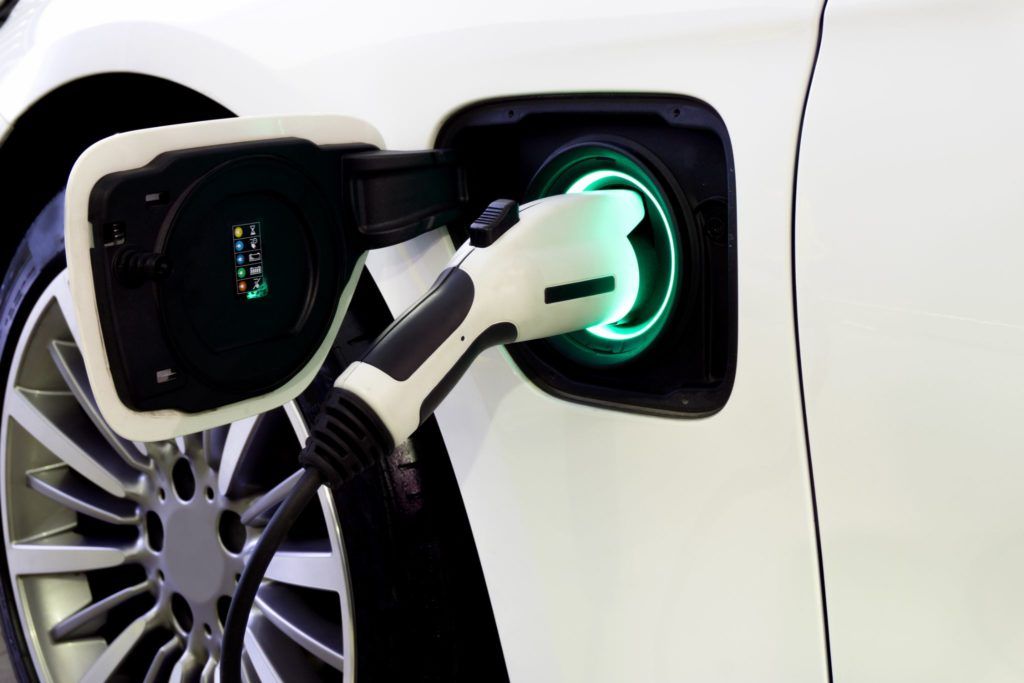Battery energy storage systems (BESS) could hold the key to unlocking faster fleet electrification, according to Connected Energy.
The firm made the comments as they claimed “too often” depots were “simply not equipped with a grid connection” to support large numbers of EV chargers.
Connected Energy said that BESS offered a lower cost alternative that upgrading through the DNO and could “bridge the gap”. The firm is working with EV charging providers across the UK to assess where BESS could help make projects more commercially viable using its E-STOR product that uses second life batteries from Renault electric vans.
Matthew Lumsden, CEO of Connected Energy, said: “Battery energy storage systems come at a lower cost than some DNO upgrades and can be installed in a fraction of the time.
“We’re seeing a spike in interest from local authorities and private sector fleet operators who are realising that many of their depots do not have a grid connection that can meet their electrification goals.”
Simon Kendrew, Marketing and Commercial Director – EV Solutions at Equans, said: “There have been projects for both the private and the public sector that have not progressed because of the cost of the energy works.
“We’ve found many businesses have a strong motivation to transition to electric, to meet organisational objectives and support their sustainability credentials. However, the cost of the energy upgrades and energy works haven’t been fully understood. Once you get into a requirement for a substation the costs can really escalate, and there have been projects where that is the requirement.
“The market started off with businesses installing small numbers of charge points, starting slowly as they tested the feasibility of electric vehicles. That meant that their current electrical supply could cope with just a few vehicles charging. The phase we’re now entering, for cars and commercial vehicles, is many more vehicles charging at once. And vehicles are critical for fleets, they need to be able to get those vehicles charged and back out onto the road. Within that context, energy is often a significant cost, it could be 50% of a project’s cost or even more.”
Image courtesy of Connected Energy








